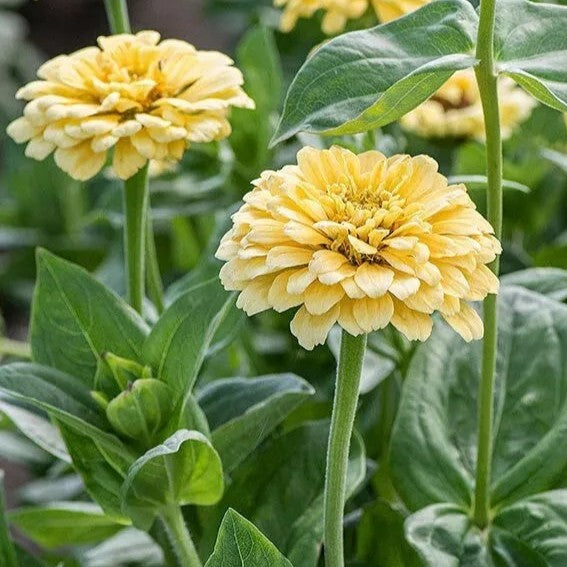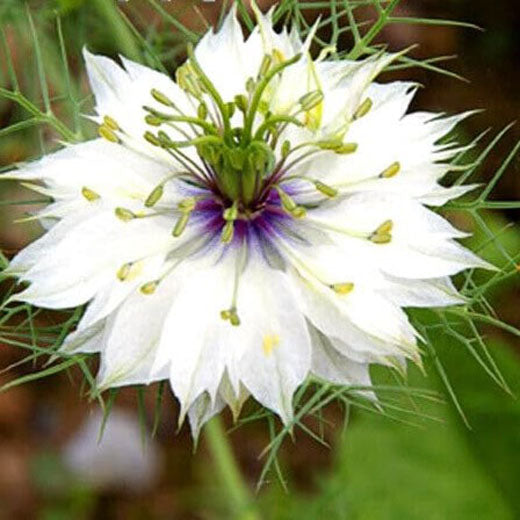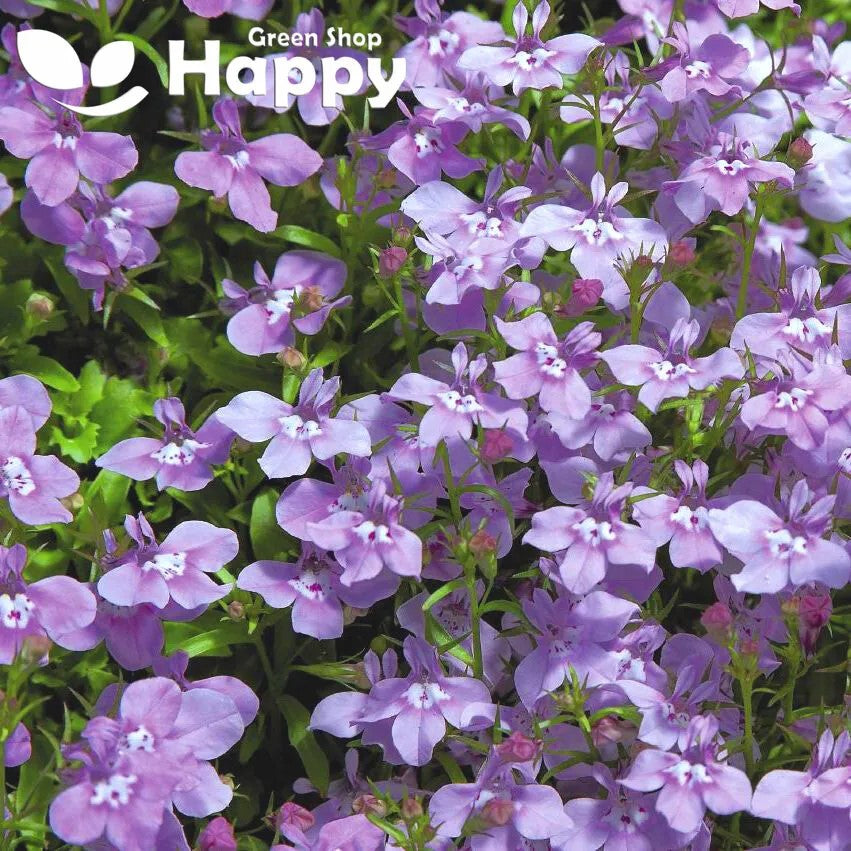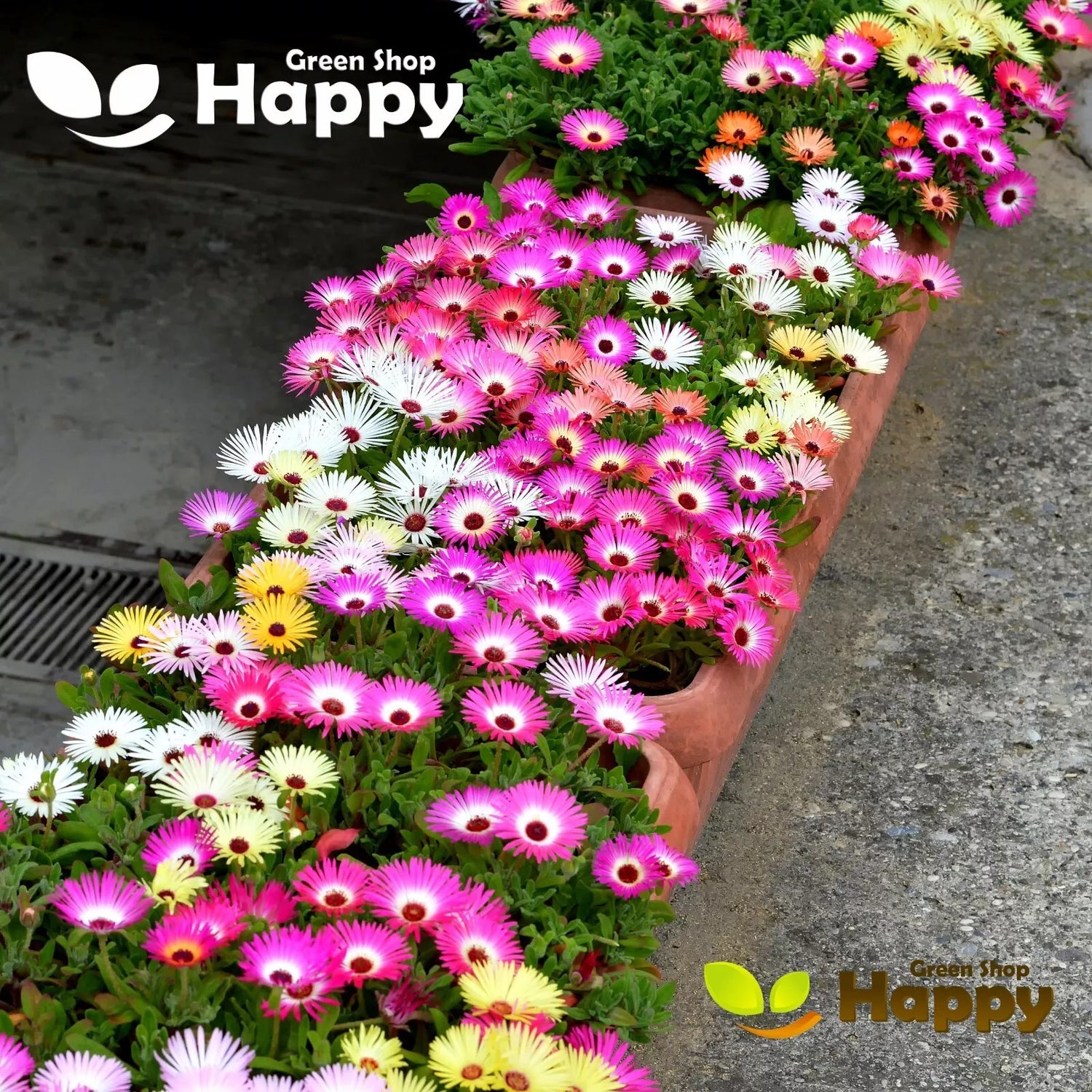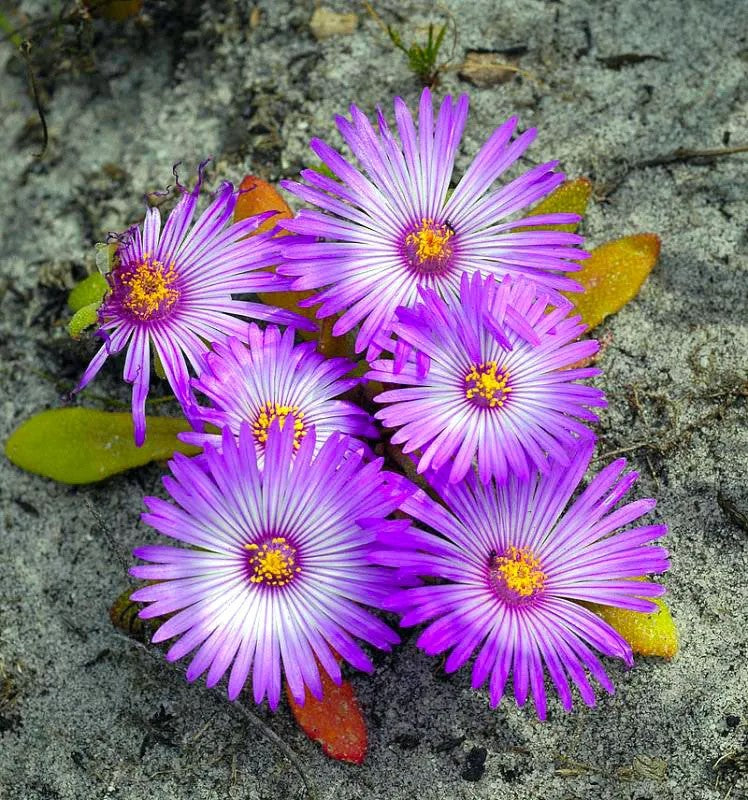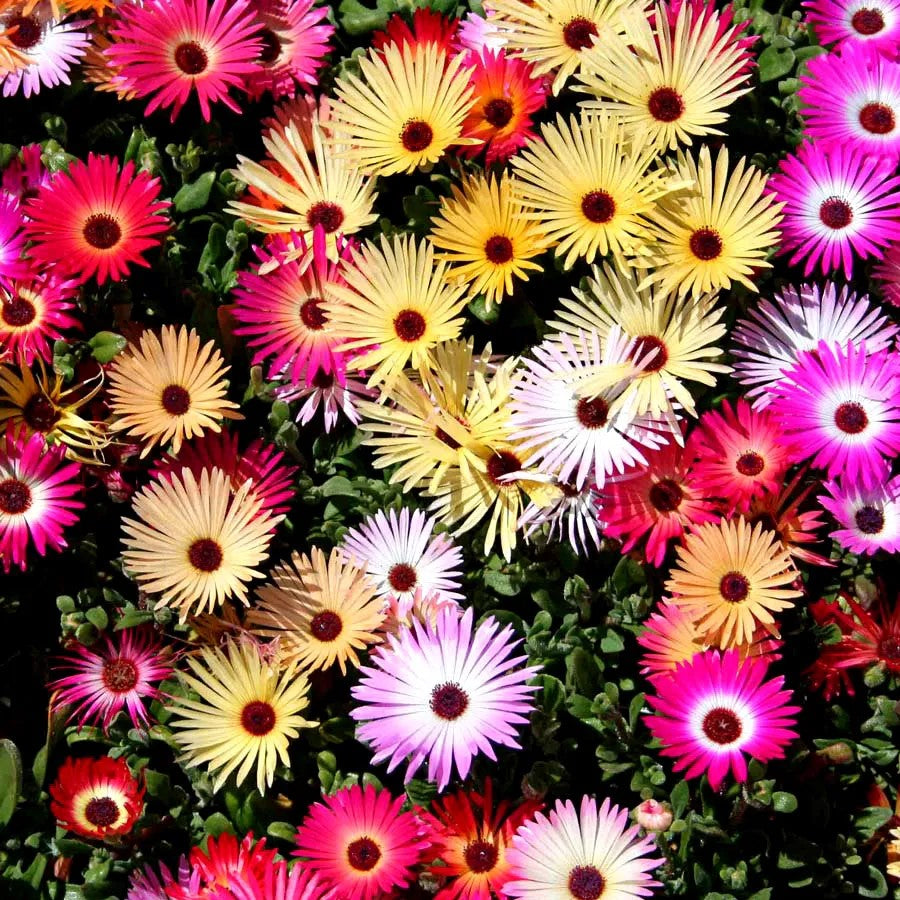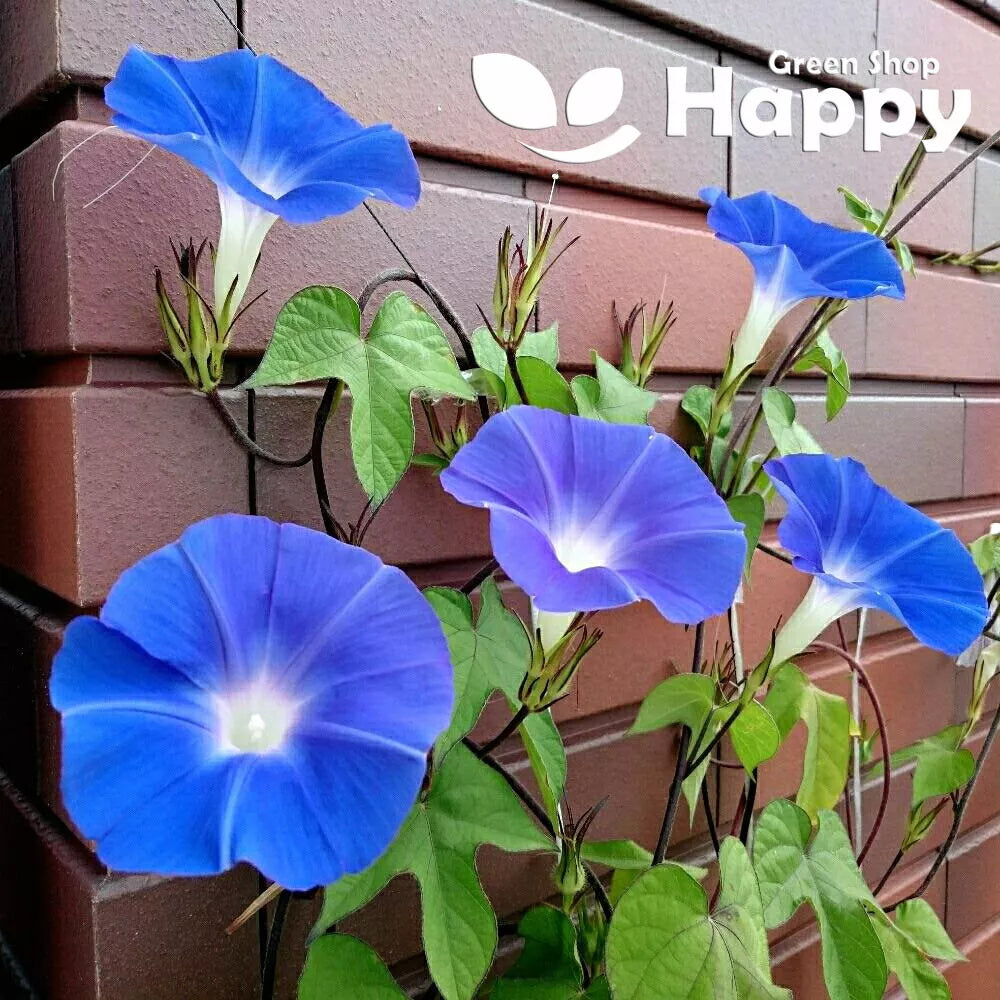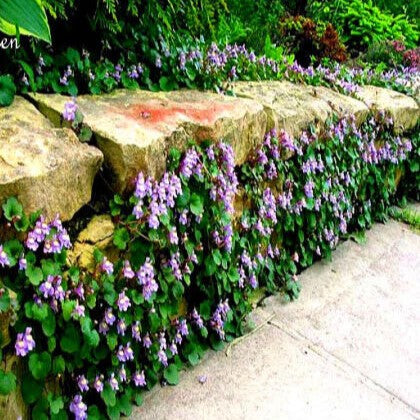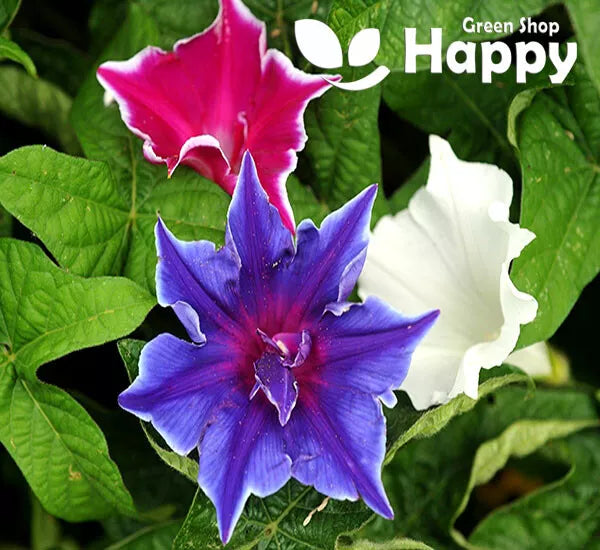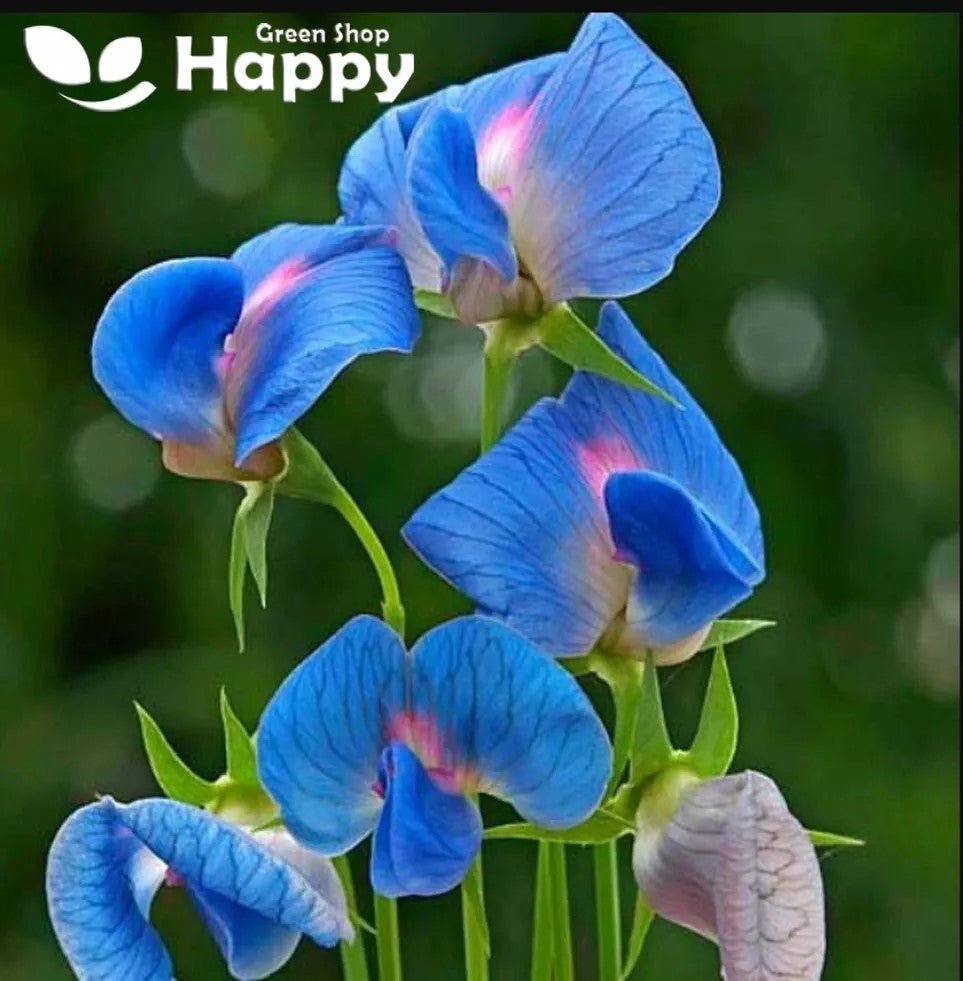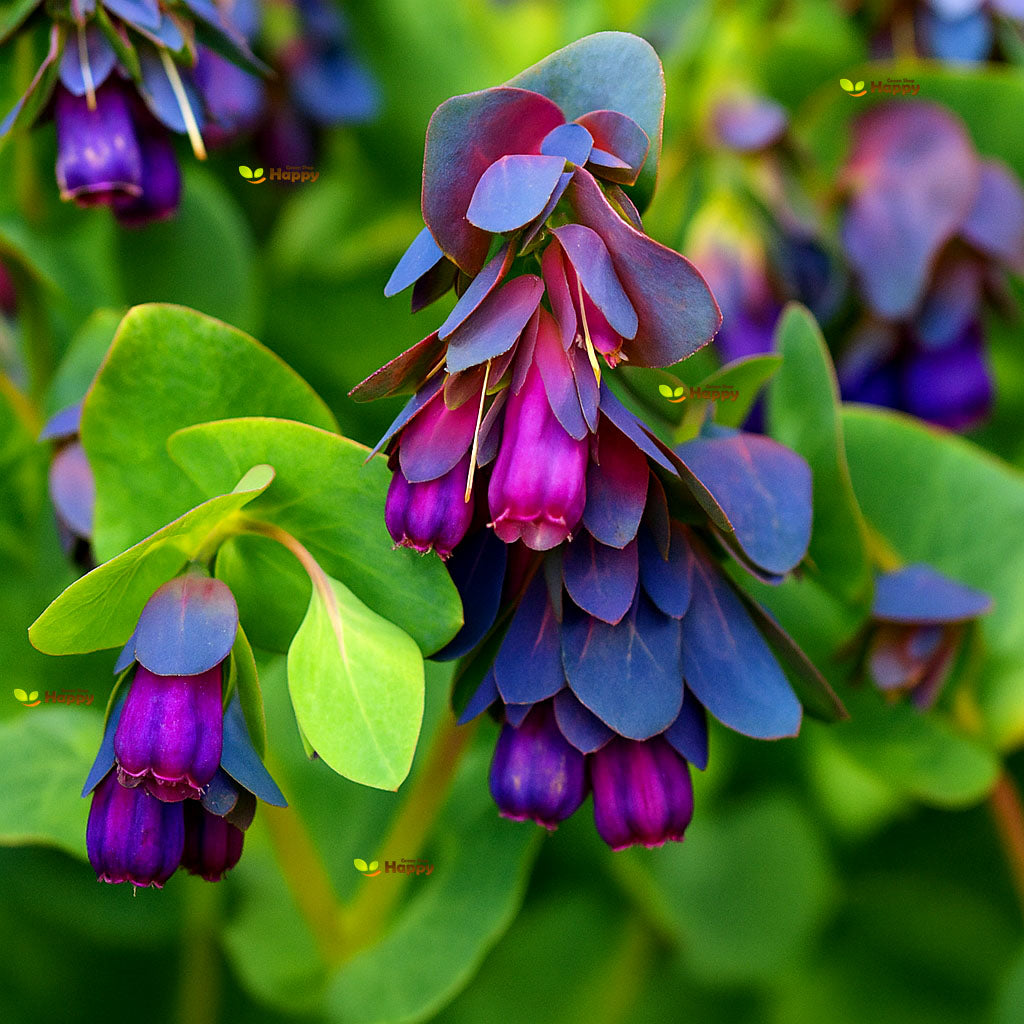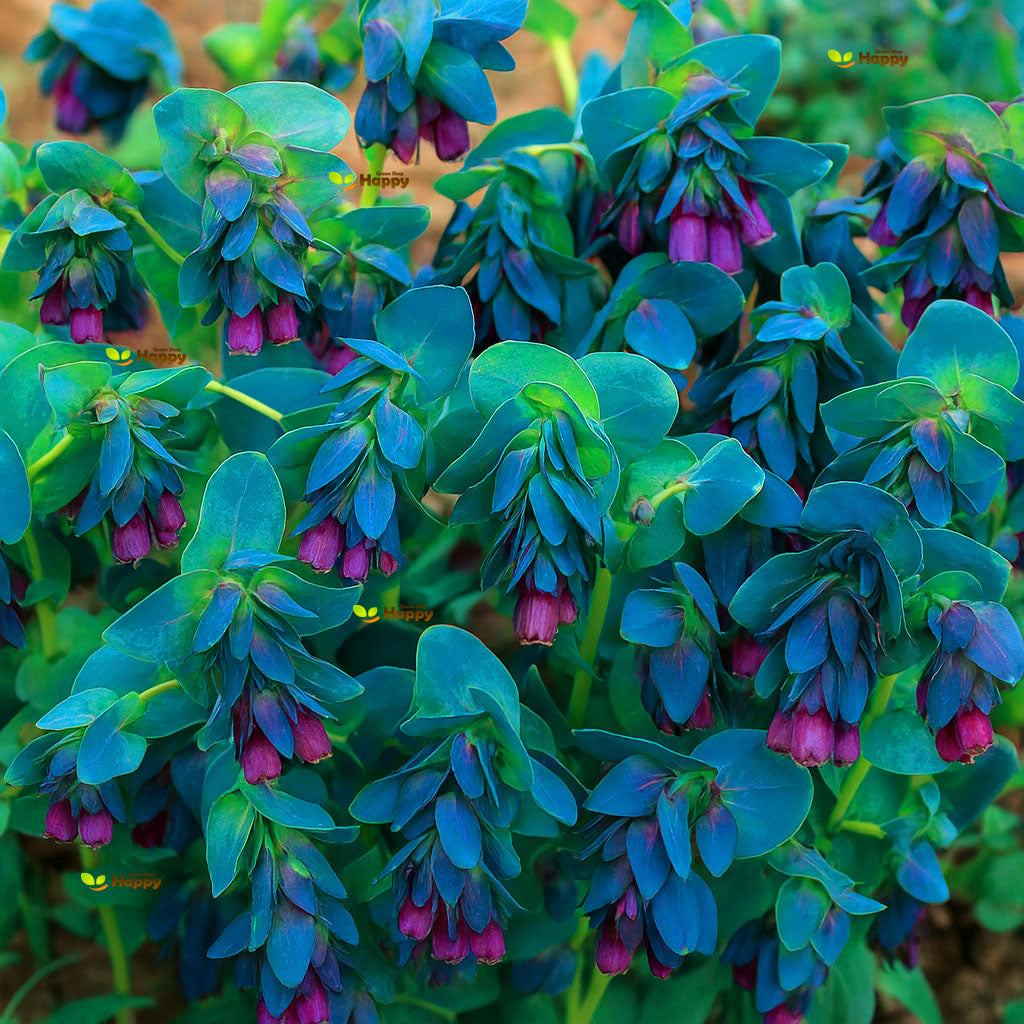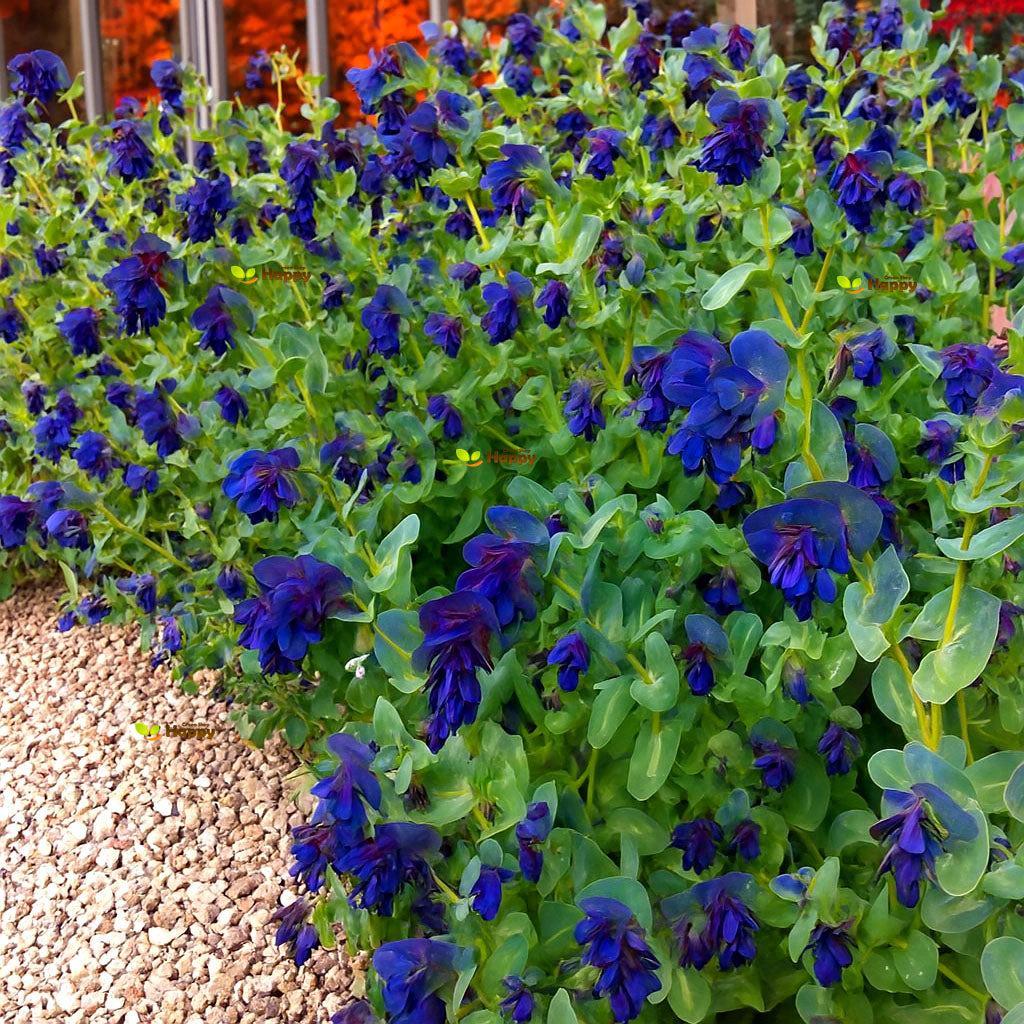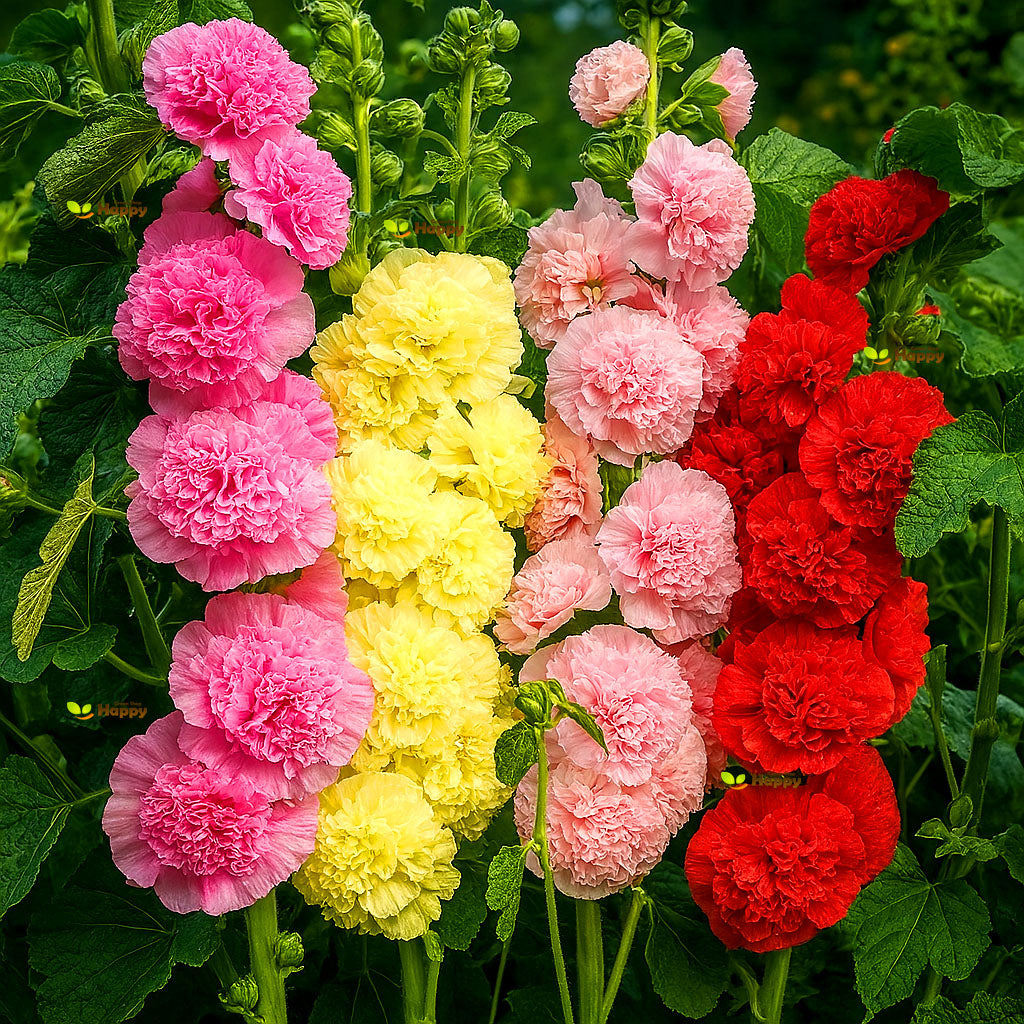Sort by:
180 products
180 products
Love-in-a-Mist 'African Bride' – Seeds (Nigella damascena)
Grace your garden with the delicate beauty of Love-in-a-Mist 'African Bride'. This unique variety produces pure white blooms accented by dark, contrasting centers and fine, feathery foliage. Elegant and easy to grow, it’s perfect for borders, cutting, and drying.
Why Grow 'African Bride'
-
Pure white blooms with striking dark centers
-
Long-lasting as cut or dried flowers
-
Easy to grow with airy, fern-like foliage
-
Attracts pollinators
Key Features
-
Type: Hardy annual (Nigella damascena)
-
Height: 45–60 cm
-
Flowering: June–September
-
Position: Full sun
-
Uses: Borders, cut flowers, dried arrangements
Ideal For
-
Cottage gardens and wildflower borders
-
Summer bouquets and wedding flowers
-
Adding soft texture to plantings
-
Wildlife-friendly gardens
Sowing & Growing
-
Sow outdoors: March–May or August–September
-
Direct sow into prepared soil, thin as needed
-
Germination: 10–20 days
-
Space plants 15–20 cm apart
-
Prefers well-drained soil in full sun
Lobelia ‘Twilight’ Lilac – Seeds
(Lobelia erinus)
Lobelia ‘Twilight’ Lilac is a compact and trailing variety that produces masses of soft lilac blooms throughout summer. Its delicate flowers create a stunning carpet of color, making it perfect for hanging baskets, window boxes, and edging borders. Easy to grow and long-flowering, it adds a graceful, airy charm to any garden display.
Why Grow Lobelia ‘Twilight’ Lilac?
-
Masses of soft lilac blooms all summer
-
Compact and trailing growth habit
-
Perfect for baskets, containers, and edging
-
Easy to grow and low-maintenance
Key Features
-
Type: Half-hardy annual
-
Height: 10–15 cm
-
Flowers: June–September
-
Position: Full sun to partial shade
-
Soil: Moist, well-drained
Ideal For
-
Hanging baskets and window boxes
-
Edging borders and rockeries
-
Container planting
-
Adding soft lilac tones to garden displays
Sowing & Growing
-
Sow indoors: February–April on the surface of moist compost (do not cover seeds)
-
Germination: 14–21 days at 18–24°C
-
Transplant seedlings into trays when large enough to handle
-
Harden off before planting outdoors after last frost
-
Spacing: 10–15 cm apart
Livingstone Daisy Mixed – Seeds (Dorotheanthus bellidiformis)
The Livingstone Daisy Mixed is a dazzling carpet-forming annual that produces masses of daisy-like blooms in vibrant shades of pink, red, orange, yellow, and white. The flowers open wide in full sunlight, creating a striking display over their low-growing, succulent foliage. Perfect for hot, dry, sunny spots, this cheerful mix brightens up any summer garden with its jewel-like colors.
What Makes It Special
-
Brilliant mix of jewel-toned daisy flowers
-
Thrives in poor, dry soils and full sun
-
Excellent ground cover for summer displays
-
Compact, trailing habit ideal for edging and containers
Key Features
-
Botanical name: Dorotheanthus bellidiformis
-
Common name: Livingstone Daisy / Ice Plant
-
Variety: Mixed colors
-
Seed count: Approx. seeds per pack
-
Height/Spread: 10–15 cm tall, spreading up to 20 cm
-
Position: Full sun; well-drained soil
-
Flowering period: Summer (June–September)
Ideal For
-
Bedding and edging
-
Rockeries and gravel gardens
-
Containers and window boxes
-
Drought-tolerant displays in sunny spots
Sowing Instructions
-
When to sow: February–April indoors, or May outdoors after frost
-
How to sow:
-
Sow seeds on the surface of fine, moist compost; do not cover (light aids germination)
-
Keep at 18–20°C; germination in 10–21 days
-
-
After germination:
-
Transplant seedlings when large enough to handle
-
Harden off and plant outdoors 10–15 cm apart in sunny, free-draining soil
-
Large-Flowered Dwarf Morning Call Mixed – 50 Seeds (Ipomoea nil)
The Large-Flowered Dwarf Morning Call Mixed (Ipomoea nil) is a charming annual producing vibrant, trumpet-shaped flowers in a mix of colors. Compact and low-growing, it’s ideal for pots, containers, or small garden beds, bringing a burst of color to sunny spots throughout summer. Fast-growing and easy to maintain, it’s perfect for brightening any garden space.
Why Grow "Morning Call Mixed"
-
Large, trumpet-shaped flowers in mixed vibrant colors
-
Compact, dwarf habit perfect for small spaces
-
Long flowering season during summer
-
Easy to grow and maintain
Key Features
-
Type: Annual (Ipomoea nil)
-
Height: 25–35 cm
-
Flowering: June–September
-
Position: Full sun
-
Uses: Containers, pots, small garden beds, borders
Ideal For
-
Container planting and window boxes
-
Small garden beds and borders
-
Adding vibrant summer color
-
Pollinator-friendly plantings
Sowing & Growing
-
Sow indoors: February–April in seed trays
-
Sow outdoors: April–May after frost
-
Germination: 7–14 days at 18–22°C
-
Thin seedlings to 20–25 cm apart
-
Prefers full sun and well-drained soil
-
Water moderately and remove spent flowers to prolong blooming
Kenilworth Ivy – Seeds (Cymbalaria muralis)
Kenilworth Ivy (Cymbalaria muralis) is a charming trailing perennial, perfect for walls, rockeries, and crevices. Its delicate ivy-like foliage is adorned with small violet-lavender flowers that bloom freely throughout the summer. Hardy, low-maintenance, and self-seeding, it creates a natural, cascading effect in the garden.
Why Grow "Kenilworth Ivy"
-
Cascading perennial with trailing habit
-
Violet-lavender flowers all summer
-
Perfect for walls, cracks, and rockeries
-
Hardy, self-seeding and easy to grow
Key Features
-
Type: Perennial (Cymbalaria muralis)
-
Height: 5–10 cm, trailing habit
-
Flowering: May–September
-
Position: Sun or partial shade
-
Uses: Rockeries, walls, ground cover, containers
Ideal For
-
Stone walls and paving crevices
-
Rock gardens and shady spots
-
Naturalistic ground cover
-
Containers and hanging baskets
Sowing & Growing
-
Sow indoors: February–April in trays
-
Sow outdoors: April–June in final position
-
Germination: 14–28 days at 15–20°C
-
Thin to 10–15 cm apart
-
Prefers moist but well-drained soil
Japanese Morning Glory 'Kikyo Zaki Mix' – Seeds
(Ipomoea nil)
The Japanese Morning Glory 'Kikyo Zaki Mix' is a traditional and highly prized variety, renowned in Japanese horticulture for its uniquely ruffled, star-shaped blooms. This climbing annual produces an extraordinary mix of deep purples, blues, pinks, and whites, each with striking petal forms that set them apart from common morning glories. The lush green foliage and vigorous growth make it a spectacular choice for trellises, fences, or balcony planters.
Key Features
-
Type: Annual climber
-
Height: 2–3 m
-
Spread: 30–40 cm
-
Flowering: July–October
-
Position: Full sun / partial shade
-
Soil: Fertile, well-drained
Ideal For
-
Training up fences, arches, or trellises
-
Balcony or patio containers with supports
-
Creating a vertical display of colour
-
Collectors of rare Japanese heirloom flowers
Sowing & Growing
-
Sow indoors: March–April in pots or trays
-
Sow outdoors: May–June after last frost
-
Nick or soak seeds for 12–24 hours before sowing to aid germination
-
Germination: 7–14 days
-
Plant spacing: 30–40 cm
-
Requires support to climb
-
Prefers full sun but tolerates light shade
Indian Pea ‘Azureus’ – Blue-Pink Flowers – Seeds (Lathyrus sativus)
The Indian Pea ‘Azureus’ (Lathyrus sativus) is a striking and unusual climbing annual, producing delicate blue to pink pea-like blossoms above fine green foliage. Fast-growing and drought-tolerant, it thrives in poor soils and adds a natural, airy charm to borders, trellises, and wild gardens. A hardy species, it has long been valued for its ornamental and agricultural qualities.
Why Grow Indian Pea ‘Azureus’?
-
Unusual pea-like flowers in blue and pink shades
-
Climbing habit perfect for trellises and supports
-
Hardy, drought-tolerant, and easy to grow
-
Adds a natural wildflower look to gardens
Key Features
-
Type: Hardy annual
-
Height: 100–150 cm
-
Spread: 30–40 cm
-
Flowering: June–August
-
Position: Full sun
-
Soil: Poor to moderately fertile, well-drained
Ideal For
-
Trellises, arches, and fences
-
Cottage and wild gardens
-
Pollinator-friendly plantings
-
Drought-prone or low-maintenance sites
Sowing & Growing
-
Sow outdoors: March–May directly in soil
-
Germination: 10–20 days at 15–20°C
-
Thin seedlings: 20–30 cm apart
-
Provide support for climbing stems
-
Water regularly in dry spells
Tip: Pair with other climbing annuals for a colorful vertical display.
Honeywort – Seeds (Cerinthe major)
Honeywort (Cerinthe major) is an eye-catching annual with striking blue-purple tubular flowers and silvery-green foliage. Loved by bees and other pollinators, it adds unique texture and color to borders, cottage gardens, and wildflower mixes. Fast-growing and low-maintenance, it thrives in sunny, well-drained spots.
Why Grow "Honeywort"
-
Striking blue-purple tubular flowers
-
Silvery-green, ornamental foliage
-
Attracts pollinators including bees and butterflies
-
Easy to grow and low-maintenance
Key Features
-
Type: Hardy annual (Cerinthe major)
-
Height: 40–60 cm
-
Flowering: June–September
-
Position: Full sun, well-drained soil
-
Uses: Borders, cottage gardens, wildflower mixes, pollinator gardens
Ideal For
-
Pollinator-friendly gardens
-
Cottage and naturalistic borders
-
Adding height and color contrast
-
Wildflower plantings
Sowing & Growing
-
Sow outdoors: March–May in prepared soil
-
Germination: 10–20 days at 18–22°C
-
Thin seedlings to 25 cm apart
-
Prefers full sun and well-drained soil
-
Deadhead to encourage prolonged flowering
Hollyhock ‘Chaters Double Triumph Mix’ Seeds (Althaea rosea)
A true cottage garden classic, the Hollyhock ‘Chaters Double Triumph Mix’ produces tall, stately flower spikes adorned with large, fully double blooms in a rich blend of colors – from soft pastels to vibrant shades. These majestic perennials (often grown as biennials) create a dramatic vertical accent at the back of borders, alongside walls, or in wildflower-style gardens.
What Makes It Special
-
Stunning double blooms in a wide range of colors
-
Impressive tall spires up to 1.8–2.5 m high
-
Attracts bees, butterflies, and pollinators
-
A long-standing favorite in cottage and traditional gardens
Key Features
-
Botanical name: Althaea rosea
-
Common name: Hollyhock Chaters Double Triumph Mix
-
Seed count: Approx. per pack (customizable)
-
Height/Spread: 180–250 cm tall, 50–60 cm spread
-
Position: Full sun; well-drained fertile soil
-
Flowering period: July – September (second year from sowing)
-
Lifespan: Hardy biennial/perennial
Ideal For
-
Cottage and traditional garden borders
-
Planting against walls and fences
-
Pollinator-friendly gardens
-
Creating dramatic vertical height in displays
Sowing Instructions
-
When to sow: Indoors March–May or directly outdoors May–June.
-
How to sow:
-
Sow seeds thinly in trays or pots of moist seed compost, cover lightly.
-
Keep at 15–20°C for germination (14–21 days).
-
Transplant seedlings when large enough, spacing 45–60 cm apart.
-
-
Care: Provide support in exposed areas. Deadhead faded flowers to encourage further blooming.
Showing 99/180




